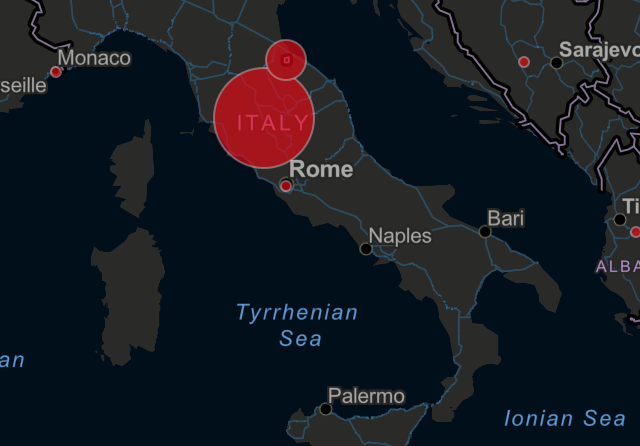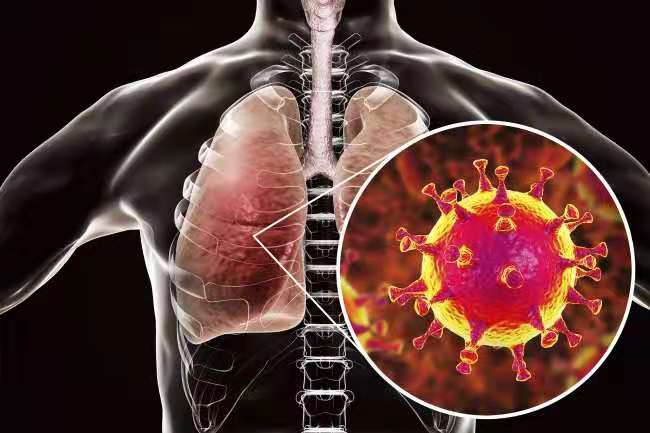That’s the question @mattwynn and I tried to answer. #coronavirus #WhatReportersDo THREAD /1
Keep reading this thread for a walk through of how we got these numbers. #WhatReportersDo /7
usatoday.com/in-depth/news/…
/17
Keep Current with Jayme Fraser
This Thread may be Removed Anytime!
Twitter may remove this content at anytime, convert it as a PDF, save and print for later use!

1) Follow Thread Reader App on Twitter so you can easily mention us!
2) Go to a Twitter thread (series of Tweets by the same owner) and mention us with a keyword "unroll"
@threadreaderapp unroll
You can practice here first or read more on our help page!



